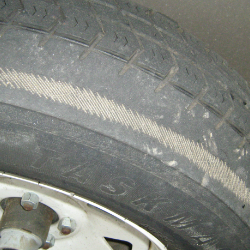Posted on 9/28/2017

Buying a used car can be a great experience or a complete nightmare, depending on what you know when you sign on the bottom line or hand over your hard-earned cash to the seller. While most used car establishments are reputable, there are still some that will be happy to sell you a little less car than you bargain for. As a matter of fact, some dealers and individual sellers simply don't know the history or the problems with a car when they offer it to you. Check these ten important things before you agree to buy a used car. 1. The Oil Dipstick - You can tell a lot about an engine and a car owner from the dipstick. Pull it out, wipe it off and put it back, then carefully pull it again. Note the oil level. If it is overfull there may be gas in the oil which is a bad sign. Low, but not below the bottom line on the stick is actually OK. Lower than that is a problem. White foam on the dipstick is a sign of water or coolant in the oil ... read more
Posted on 9/7/2017

The cornering and rolling forces on each of your tires are different. If you have a front wheel drive car, the power and most of the force is transmitted to the front tires while the rear tires pretty much just follow along like fixed wagon wheels. A rear-wheel drive car or truck sends power to the back while steering forces are handled by the front wheels. All-wheel drive and 4wd have their unique power, steering and cornering characteristics as well. The point is, your front left tire is going to wear differently than your right rear tire, or for that matter, any of the other tires vary at each corner of the vehicle because of the force and friction. The solution to this problem is tire rotation. Tire rotation involves removing your wheels and tires from the car and putting them in a different position on the car. Many times, your tire service center will take the time to re-balance the wheels and tires while they have them off the car anyway.&nb ... read more